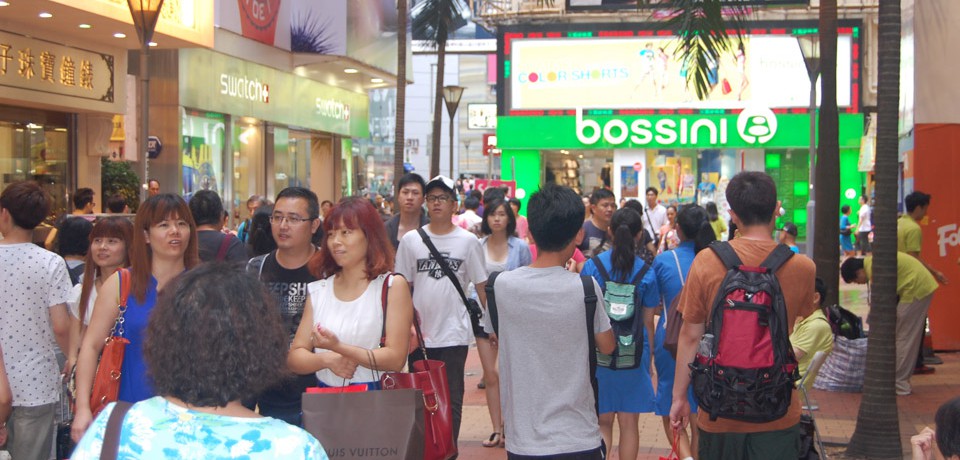The feasibility study intended set new initiatives for pedestrian planning policy in Hong Kong. The study provides a revised policy and practice framework for use in the public realm.
The Study realised the social, economic and land management implications/opportunities of a comprehensive approach to pedestrian planning and in particular the need to place high proportions of the urban population with walking distance of frequent and comfortable forms of public transport. This can be largely achieved in the Hong Kong environment, where high levels of the population are within 400 metres of mass transit rail stations. To this extent the study explored safe and attractive pedestrian connectors between transport hubs, retail and employment centres and major population areas, through design options, including pedestrian and pedestrian priority streets/spaces and through shared surface concepts.
The revised policy context is tested through several case studies, featuring comprehensive master and landscape plans and urban design guidelines for pedestrian spaces and streets. Some the recommendations contained in the Study, including the case studies are now implemented.

